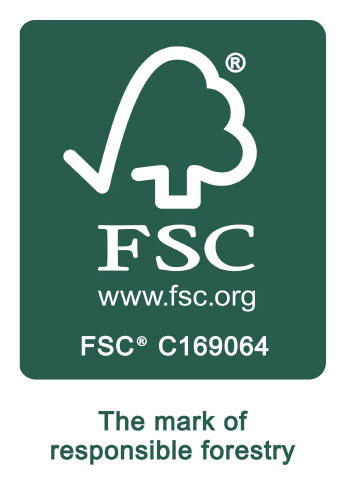Both UK and EU politicians have set the wheels in motion to tackle single-use plastic waste. As an initial step, it looks likely that plastic plates, cutlery, straws and cotton buds will be banned within a few years. In addition, there will be incentives to encourage plastic bottle recycling and other forms of plastic packaging will be challenged.
For the manufactures that have relied on plastic packaging, the search is on to find recyclable and biodegradable packaging solutions. Is it best to look forward at the latest innovations or back to long-standing packaging materials such as glass, aluminium and corrugated cardboard?
The answer will be dependent on a number of factors including the product range, risk of disruption, efficiency and cost.
Are Corrugated Cardboard Boxes Environmentally Friendly?
As materials such as glass, aluminium and cardboard have been widely used for packaging, they are a tempting alternative to plastic, but are they really eco-friendly? As we are cardboard box manufactures, let us reveal some facts about sustainable boxes.
Where are raw materials for cardboard boxes sourced?
Approximately 75% of the wood fibres needed for corrugated cardboard box production come from recycled cardboard. The same fibres can be reused around 25 times and the full recycling process can be undertaken within two weeks. It is possible to manufacture cardboard boxes from 100% recycled fibres; however, these aren’t suitable for packaging all products.
In a standard box, the remaining quarter is made up of virgin wood fibres. Any reputable packaging manufacturer would use certified suppliers, to ensure these were sourced from sustainably managed forests. Unlike oil, water or gas, trees are a natural resource that we can actively replenish. By planting more trees that are felled, the environment and future paper production needn’t come under threat.
How much energy is used in cardboard box production?
The reuse of raw materials makes corrugated cardboard box production an energy efficient process. Over 90% less water and 50% less energy is used in comparison to manufacturing each box from 100% virgin fibres.
We have fitted out our box manufacturing warehouse with LED lighting and have taken steps to optimise cutting, in order to minimise waste. Our design service helps our customers to create bespoke packaging that provides the protection needed without excess. This reduces both their and our environmental impact.
Cardboard is also easy to print and finish, using a variety of options including eco-friendly embossing and water-based inks.
How easy is it to recycle corrugated cardboard boxes?
Cardboard boxes are manufactured from a single material. They are sufficiently robust for reuse and are easy to flatten and recycle when no longer required. Doorstep collections and designated waste disposal sites are offered for cardboard to make it straightforward to recycle.
Defra data from 2016 (yet to be updated), stated that 81.9% of cardboard was recycled in the UK. This was the highest recycling rate for any packaging material. As awareness of waste management is increasing, the figure could be even higher as we head towards 2019.
There is talk that more responsibility may be placed on online retailers for collecting and recycling cardboard packaging. This may further enhance recycling rates.
Cardboard Packaging and Brand Identity
Cardboard engineering, along with print and finish techniques means that you don’t need to compromise your brand identity in order to find recyclable and biodegradable packaging solutions.
Aylesbury Box Company produces stylish designs for a wide range of manufacturers and retailers, so why not speak to us. We’ll provide the information you need to decide whether cardboard is a suitable packaging material for your product range.
